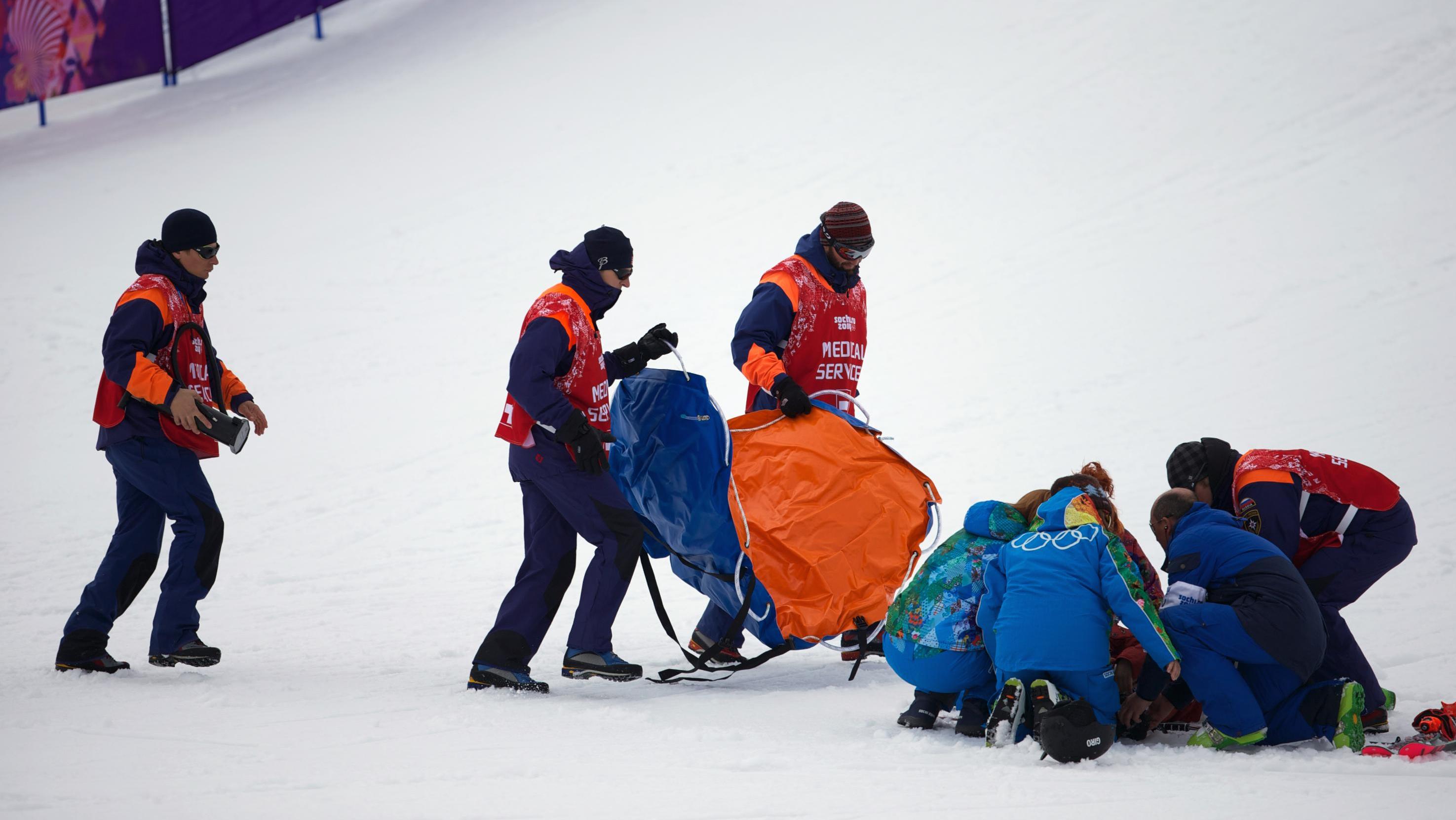First aid after head injuries
It is important that trainers and supporting staff know how to handle a variety of head injuries, ranging from light concussions to fatal brain injuries.

If you suspect a serious head injury, the number one priority is lifesaving medical treatment. Check if the athlete is conscious, if the airways are free and if he or she is breathing.
Is the athlete awake?
If yes, but lying down, they should be placed in the recovery position.
Breathing?
Is the athlete breathing? If no, call emergency services and start cardiopulmonary resuscitation (CPR).
If breathing
If the athlete is breathing, place him or her in the recovery position and call emergency services.
When lifesaving treatment is under control, the athlete should be moved to more suitable locations where a doctor can evaluate if there is any injury to the head or neck.
Think spinal cord injury if the athlete is awake and complains about neck pain, has visible deformity of the neck or a lack of ability to move hands and feet and numbness in arms and legs. These patients should be moved with a neck brace and on a stretcher for safety.
If the athlete is unconscious, but breathing, you should assume that there is a neck or head injury until proven otherwise. Always make sure the airways are free! If a serious head or neck injury is suspected, emergency services should be contacted immediately. It is important that the most experienced person at the injury site takes control of the situation.
When to call for immediate medical assistance:
- Suspected skull or neck fracture
- Penetrating head injuries
- Reduced consciousness or confusion post injury > 30 minutes
- Loss of consciousness after injury > 5 minutes
- Lack of ability to move hands, feet and numbness in arms and legs
- Persistent vomiting or increasing headache after injury
- Seizures or seizure-like episodes
- If the pupils are out of position, not the same size or if they do not respond to light
- Children with head injuries
- High-risk injury mechanism (high velocity injuries)
- Always if you are unsure. Better safe, than sorry
If there is bleeding
Internal bleeding can occur after head injuries. Call emergency services and get immediate medical treatment. Cuts to the head, neck and other body parts may also lead to major external bleeding.
If there is external bleeding you should call emergency services first, then assist in stopping the bleeding, preferably with something sterile. This can often be done by applying steady, direct pressure to the injury site and elevating the injured body part if possible. Wrap a sterilized bandage around the head to prevent further bleeding.